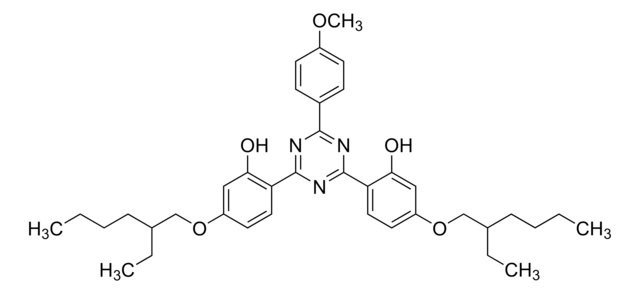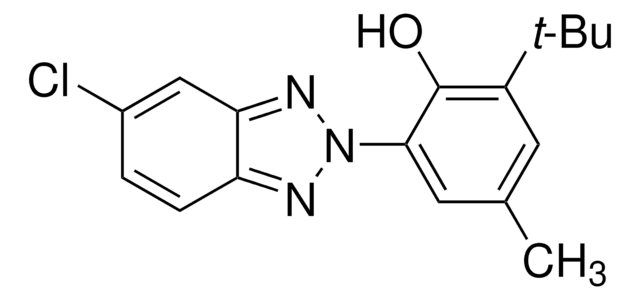Kluczowe dokumenty
415820
2-Ethylhexyl 2-cyano-3,3-diphenylacrylate
97%
Synonim(y):
2-Cyano-3,3-diphenylacrylic acid 2-ethylhexyl ester, 2-Ethylhexyl α-cyano-β-phenylcinnamate, 2-Ethylhexyl 2-cyano-3,3-diphenyl-2-propenoate, Octocrylene
About This Item
Polecane produkty
Poziom jakości
Próba
97%
Formularz
viscous liquid
współczynnik refrakcji
n20/D 1.567 (lit.)
bp
218 °C/1.5 mmHg (lit.)
mp
−10 °C (lit.)
gęstość
1.051 g/mL at 25 °C (lit.)
ciąg SMILES
CCCCC(CC)COC(=O)\C(C#N)=C(/c1ccccc1)c2ccccc2
InChI
1S/C24H27NO2/c1-3-5-12-19(4-2)18-27-24(26)22(17-25)23(20-13-8-6-9-14-20)21-15-10-7-11-16-21/h6-11,13-16,19H,3-5,12,18H2,1-2H3
Klucz InChI
FMJSMJQBSVNSBF-UHFFFAOYSA-N
Szukasz podobnych produktów? Odwiedź Przewodnik dotyczący porównywania produktów
Powiązane kategorie
Opis ogólny
Zastosowanie
- Photochemical response of the scleractinian coral Stylophora pistillata to some sunscreen ingredients: This study investigates the impact of octocrylene on the photosynthetic efficiency of coral symbionts, raising concerns about environmental effects (JP Fel et al., 2019).
- Preparation of O/I1-type emulsions and S/I1-type dispersions encapsulating UV-absorbing agents: Explores formulations for incorporating octocrylene into cosmetic products, enhancing UV protection capabilities (K Aramaki et al., 2015).
Hasło ostrzegawcze
Warning
Zwroty wskazujące rodzaj zagrożenia
Zwroty wskazujące środki ostrożności
Klasyfikacja zagrożeń
Aquatic Acute 1 - Aquatic Chronic 1
Kod klasy składowania
10 - Combustible liquids
Klasa zagrożenia wodnego (WGK)
WGK 2
Temperatura zapłonu (°F)
453.2 °F - closed cup
Temperatura zapłonu (°C)
234 °C - closed cup
Wybierz jedną z najnowszych wersji:
Masz już ten produkt?
Dokumenty związane z niedawno zakupionymi produktami zostały zamieszczone w Bibliotece dokumentów.
Klienci oglądali również te produkty
Nasz zespół naukowców ma doświadczenie we wszystkich obszarach badań, w tym w naukach przyrodniczych, materiałoznawstwie, syntezie chemicznej, chromatografii, analityce i wielu innych dziedzinach.
Skontaktuj się z zespołem ds. pomocy technicznej
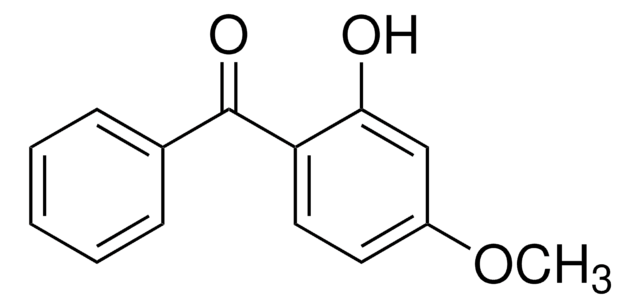
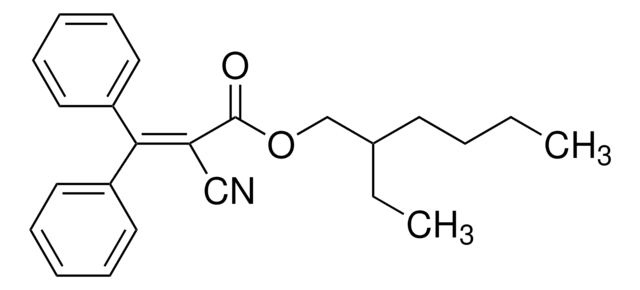
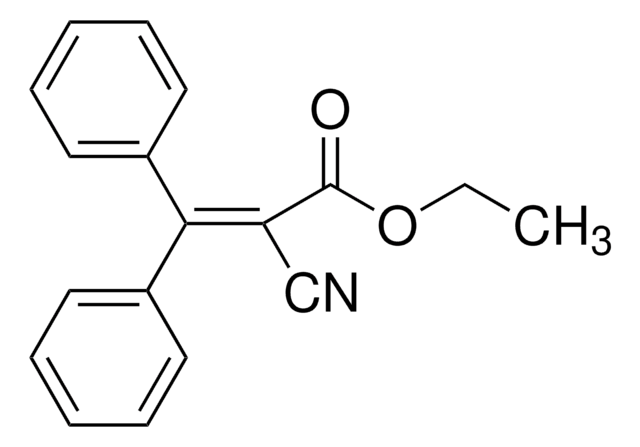
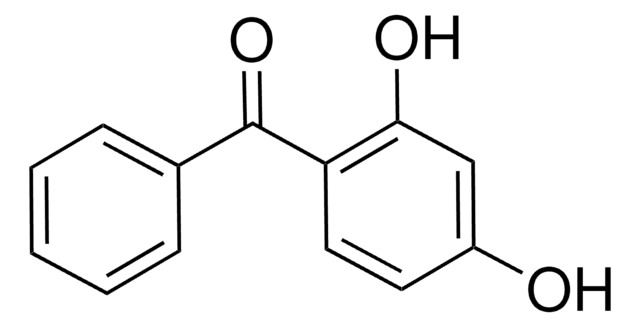

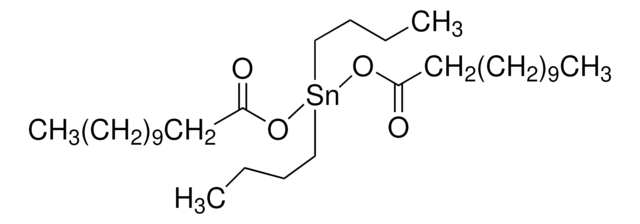
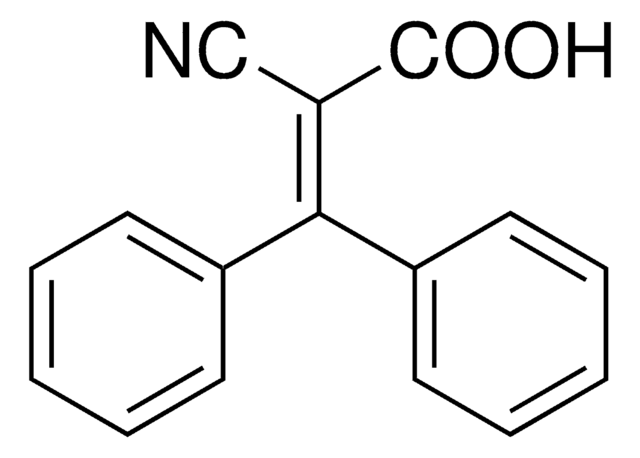


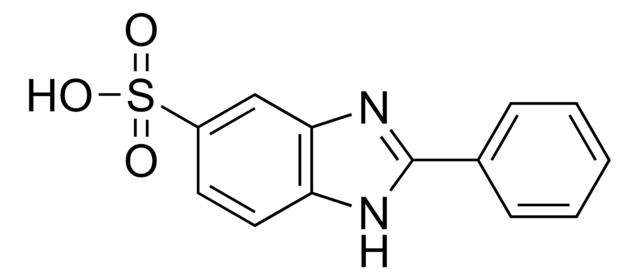
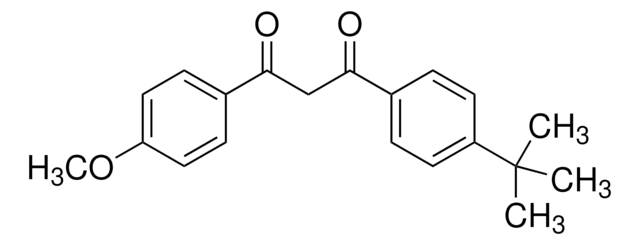
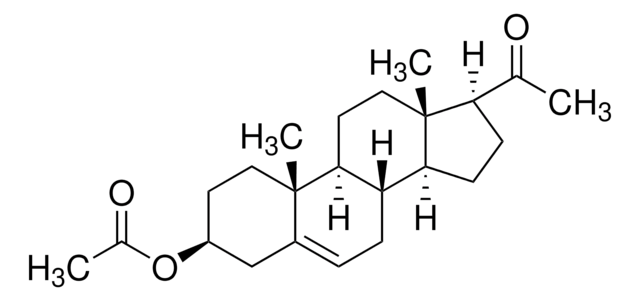
![2-(4,6-Diphenyl-1,3,5-triazin-2-yl)-5-[(hexyl)oxy]-phenol](/deepweb/assets/sigmaaldrich/product/structures/394/572/1f0f1ab7-38d5-456d-b5cf-409212b6bd6a/640/1f0f1ab7-38d5-456d-b5cf-409212b6bd6a.png)
![2,2′-Methylenebis[6-(2H-benzotriazol-2-yl)-4-(1,1,3,3-tetramethylbutyl)phenol] 99%](/deepweb/assets/sigmaaldrich/product/structures/236/824/ce89085c-b9e1-4ea0-8157-44b6f9466ed6/640/ce89085c-b9e1-4ea0-8157-44b6f9466ed6.png)
